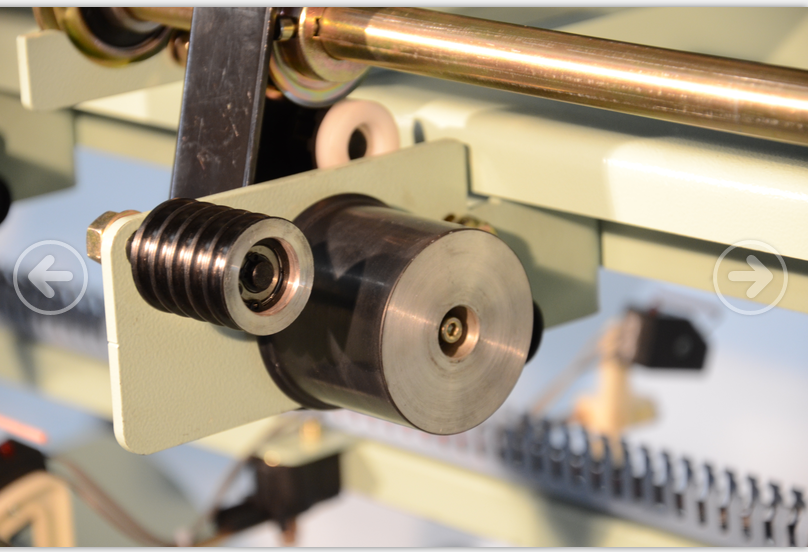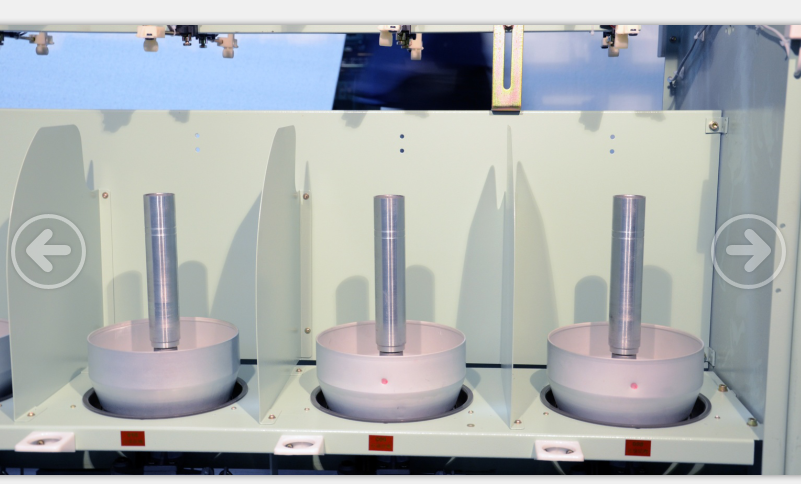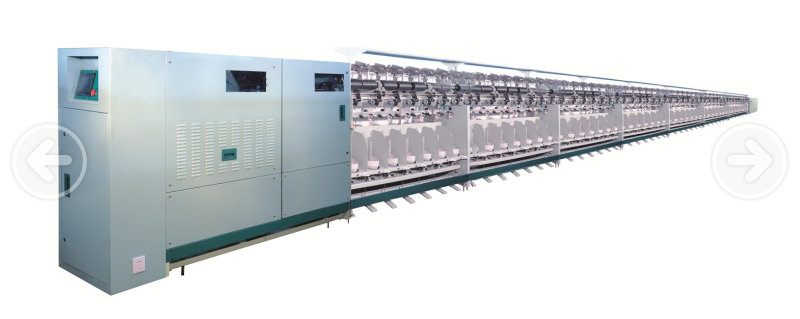
Checking the light bulb outside the lamp is a very quick and easy job. However, the comprehensive and systematic maintenance of the exterior lighting is not so simple. Timely maintenance of exterior lighting is crucial to drivers because it not only affects the comfort of driving, but also directly relates to the safety of driving. It is often difficult for owners to realize that headlights, taillights, turn signals, or parking lights are no longer working properly before being alerted. By the way, the replacement of burned-out bulbs is very simple, and the cost of DIY is lower than the maintenance fees for maintenance of the lighting system at the maintenance station.
In more cases, the failure of the vehicle light is not limited to such minor problems as bulb burnout, socket corrosion, or plug damage. It often requires specialized diagnostic techniques to analyze the root cause of the fault. Even the low-priced cars, whose internal and external lights are controlled by the host computer, only those headlights are controlled by three computers.
If your car is equipped with daytime running lamps (DRLs), you must first understand how these devices work. For example, some daytime running lights cannot be turned on before the engine starts; some daytime running lights, if the parking brake has not been cancelled, even if the engine has been started, the daytime running light will still not work. If the vehicle is equipped with a light control light (that is, when the outside light is dimmed to a certain degree, the system has the function of automatically turning on the headlights), it may be useful to check the working conditions of the lights from the weakest to the strongest light, of course. Also do not ignore the check auto-off timer. If the system is equipped with a timer, set it to the maximum delay.
If the headlamps are damaged, they are usually replaced with similar ones. Some cars are equipped with high-intensity-discharge headlamp HIDs, which generate high-density light sources through high-voltage arc discharges generated by their pre-designed electronic systems. Note that ordinary quartz-halogen light bulbs cannot be used here. In addition, check the front headlight lens for cracks, because although the surface cracks will not affect the lighting performance of the headlamps, moisture will penetrate the lamps along the cracks, which will inevitably reduce the life of the lamp.
The calibration of the direction of the headlights should also be included in the list of maintenance items, because in order to ensure maximum driver safety, headlights must be able to provide good forward lighting for the vehicle.
In addition to grasping the key, we must not forget to inspect other lamp systems, such as turn signals, license plate lights, width lights, parking lights, reversing lights, and brake lights (including the middle high brake light CHMSL). In addition, many vehicles also use fog lamps as standard equipment or popular options. Fog lights are generally installed at lower positions on the car and are therefore vulnerable to damage from stones. In addition to checking the lighting system, they are maintained. Outside of itself, the cracks in the lens of the lamp should also not be ignored.
TF10, TF20 and TF20A, TF20D is big package for final yarn, max can get 8 kgs. This Twister Machine can twist filament, long fiber and cotton yarn
1, Safety devices:
a. Each spindle is equipped with foot break for stopping spindle.
b. Over-current protection.
c. The whole machine could not start up while the synthetic glass door of gear case is opened (for changing gear or maintaining machine).
d. Machine emergency stop button.
2. Major Parameter Specifications
a, Operation type: Double side and single layer with guiding yarn thread
b, Spindle numbers: Multiple of 14/12 spindles, 140/108 spindles as the standard, can be extended to 12 sections
c, Spindle gauge: 290mm or 360mm
d, Spindle: Ф166mm Ф250mm
e, Range of spindle speed: 3000-9000 r/min, Inverter adjust speed
f, Twist range:70-600T/m
g, Twist direction: Twist S or Z
h, Spindle tensioner: Flyer + Steel ball
i, ize of feeding yarn bobbin (diameter × length): Ф57×Ф63×290
j, Size of final winding bobbin: Ф57×Ф63×230
k, Startup mode: Soft startup
l, Winding angle: Adjustable (equipped with Electronic yarn guide)
m, Yarn count range: 75D-800D chemical filament and Ne2~20 Multi strand cotton yarn
The machine is made up by three functional parts:
Ÿ 1, Power supply part
It includes motor, two stage transmission shaft, spindle alternative pulley, electric control box, operating elements and display device.
Ÿ 2, Two-for-one twisting part
The machine is symmetrical in the operation structure on both sides. It adopts sheet metal structure and each section is made up by many twisting units.
Ÿ 3, Transmission part
Spindle: The major motor after the transmission of two stage, provides power to the rotation of spindle by tangential belt.
Winding: After deceleration by synchronous pulley, the winding motor provides power to the rotation of winding friction pulley and over-feeding roller.
Yarn guide: after the accurate screw rob, the servo motor provides power to cross traverse device of yarn guide rob.
TF20A is double side double layer, max is 280 spindles
TF20D is air piecing system




Filament Twister Machine,Polyester Yarn Twister,Double Layer Twister,Polyester Yarn Twister Machine
RIFA TEXTILE MACHINERY CO.,LTD , http://www.rifatex.com
